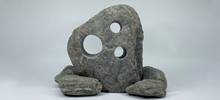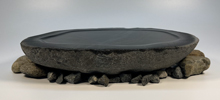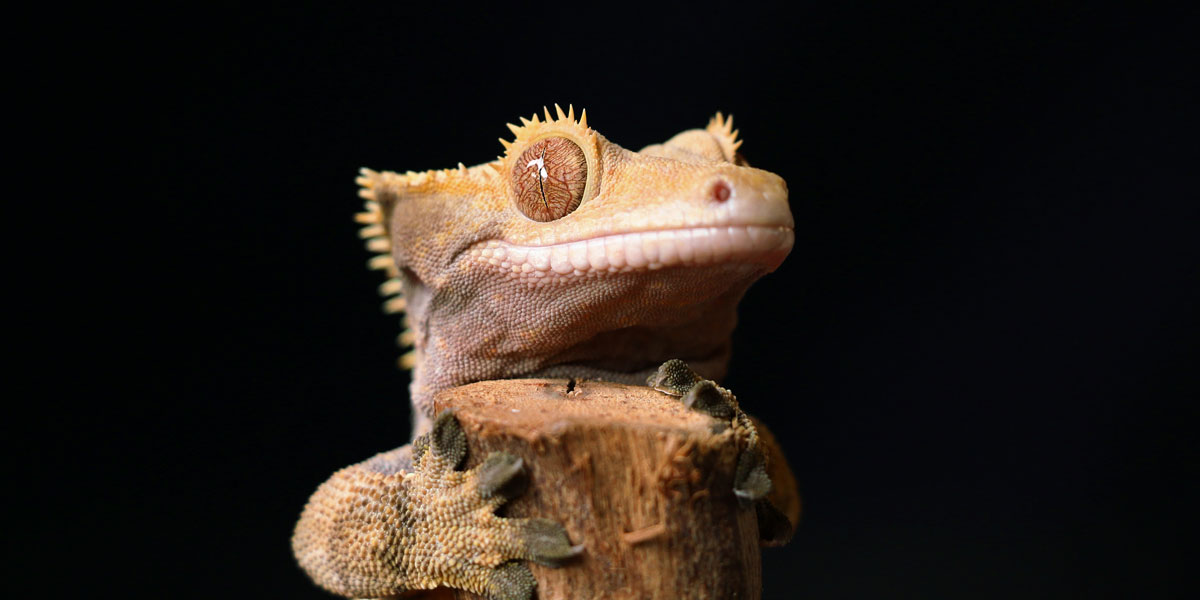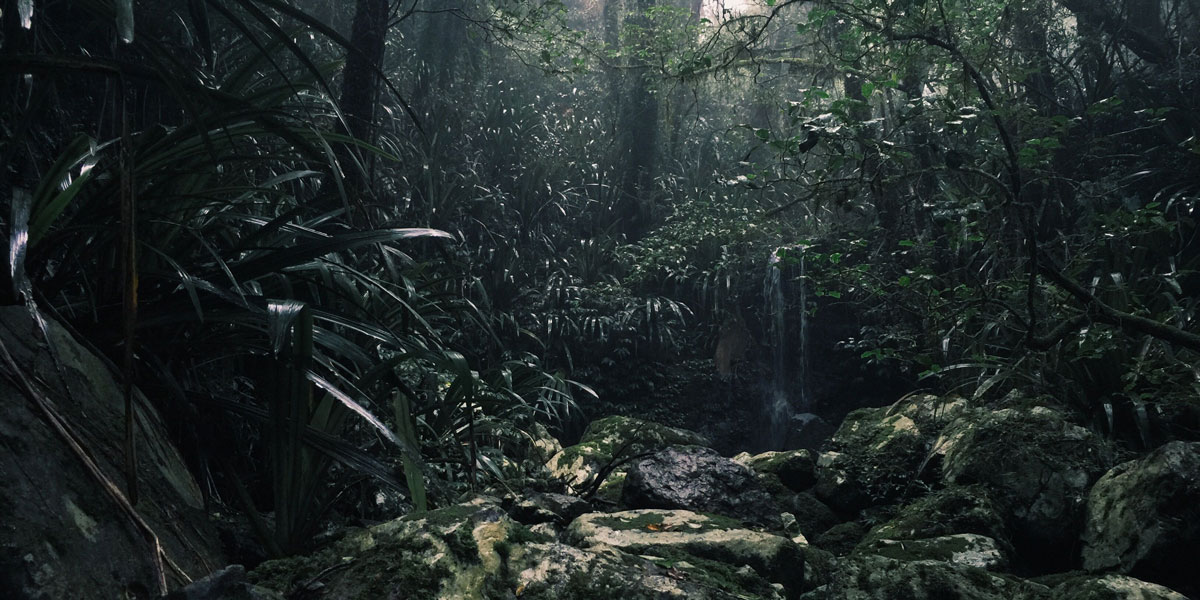If you’re ready to give your lizard’s enclosure an upgrade, consider investing in a bioactive tank. These natural tanks provide countless opportunities to enrich your pet. And, in the long run, it sets you up with an active habitat that requires little upkeep. First, you’ll build a background using natural materials or buy a premade background to keep it simple. Then, you’ll add a drainage layer, substrate barrier, and substrate. Do your research on the ideal type of substrate for your enclosure. Avoid soil with fertilizer, which can be toxic to your lizard. After adding the proper substrate mix, you’ll add in rocks, branches, and any other natural decorations to enhance the habitat. Choose the plants that best reflect your lizard’s natural environment. Take the time to ensure that whatever you plant in your vivarium will be safe for your pet, especially if they’re prone to munching on plants. Next, you’ll add a layer of leaf litter, moss, and all those little things that help the humidity and your clean-up crew on top of the soil. Set up your growth light and leave your plants to settle in before adding your lizard. Once your plants and animal are adjusted to the environment, it’s time to add in the cleanup crew such as isopods and other soil-dwelling decomposers.




